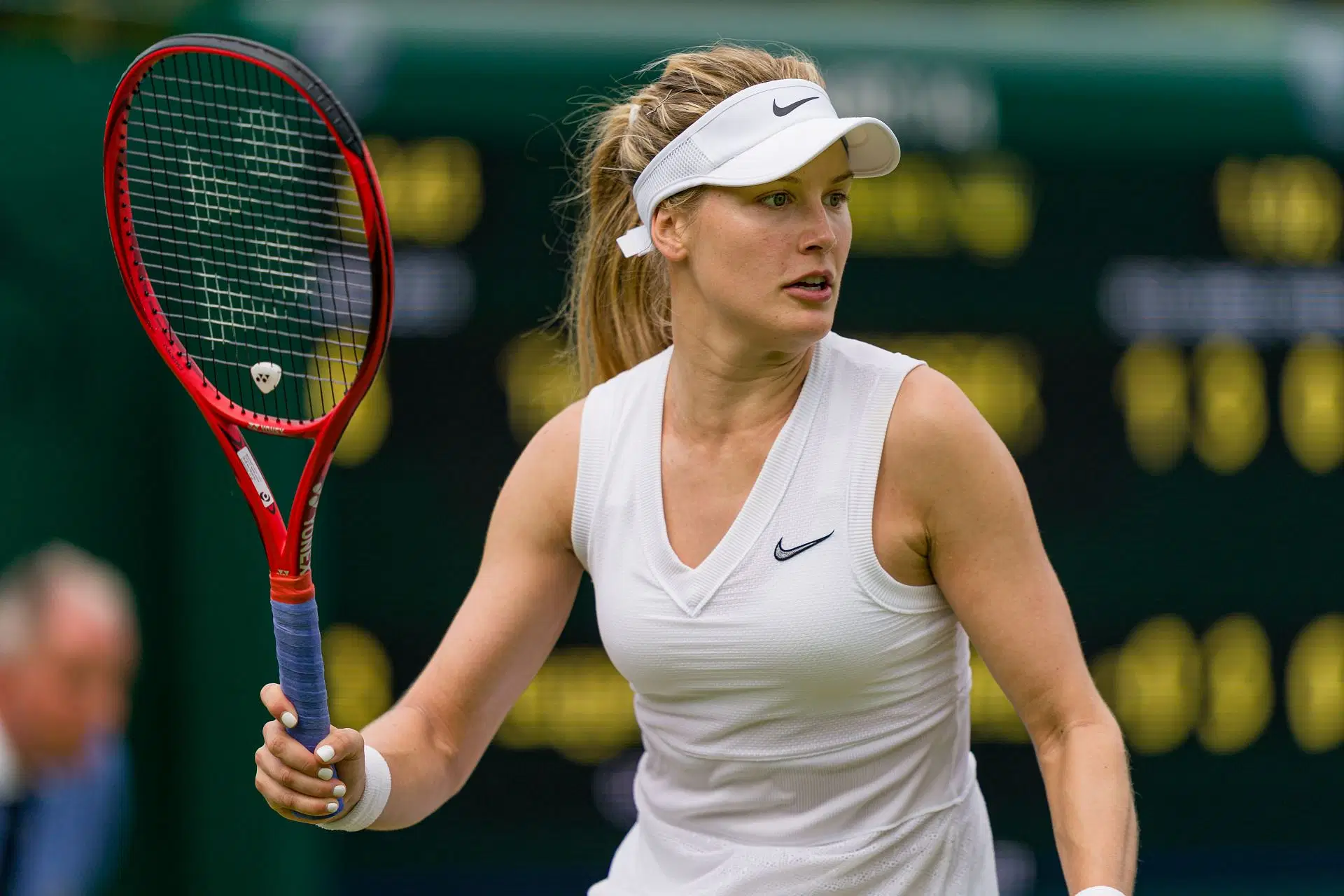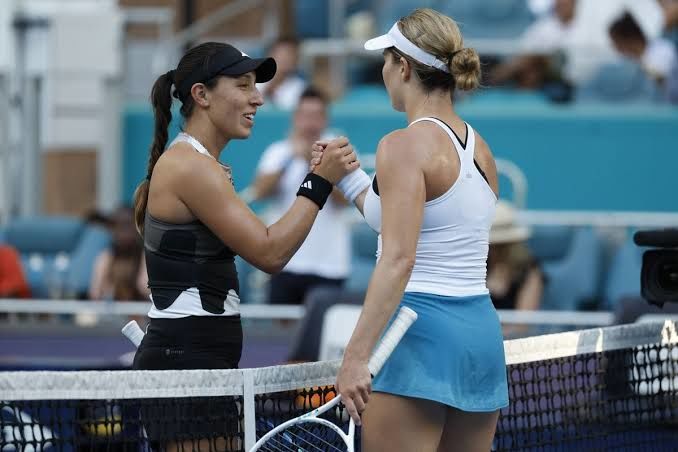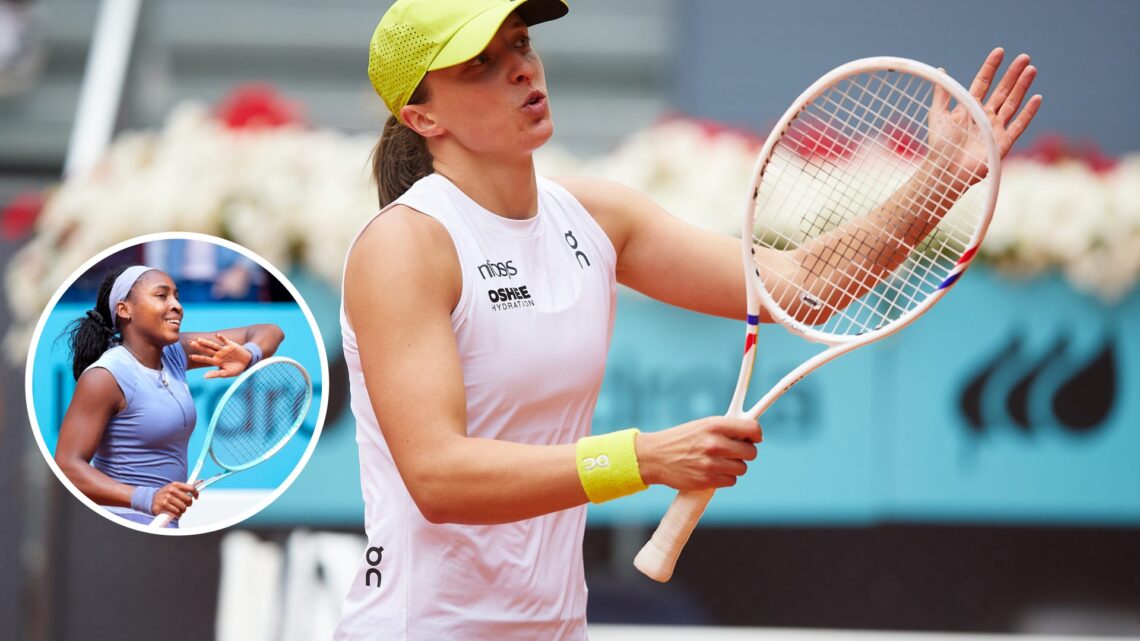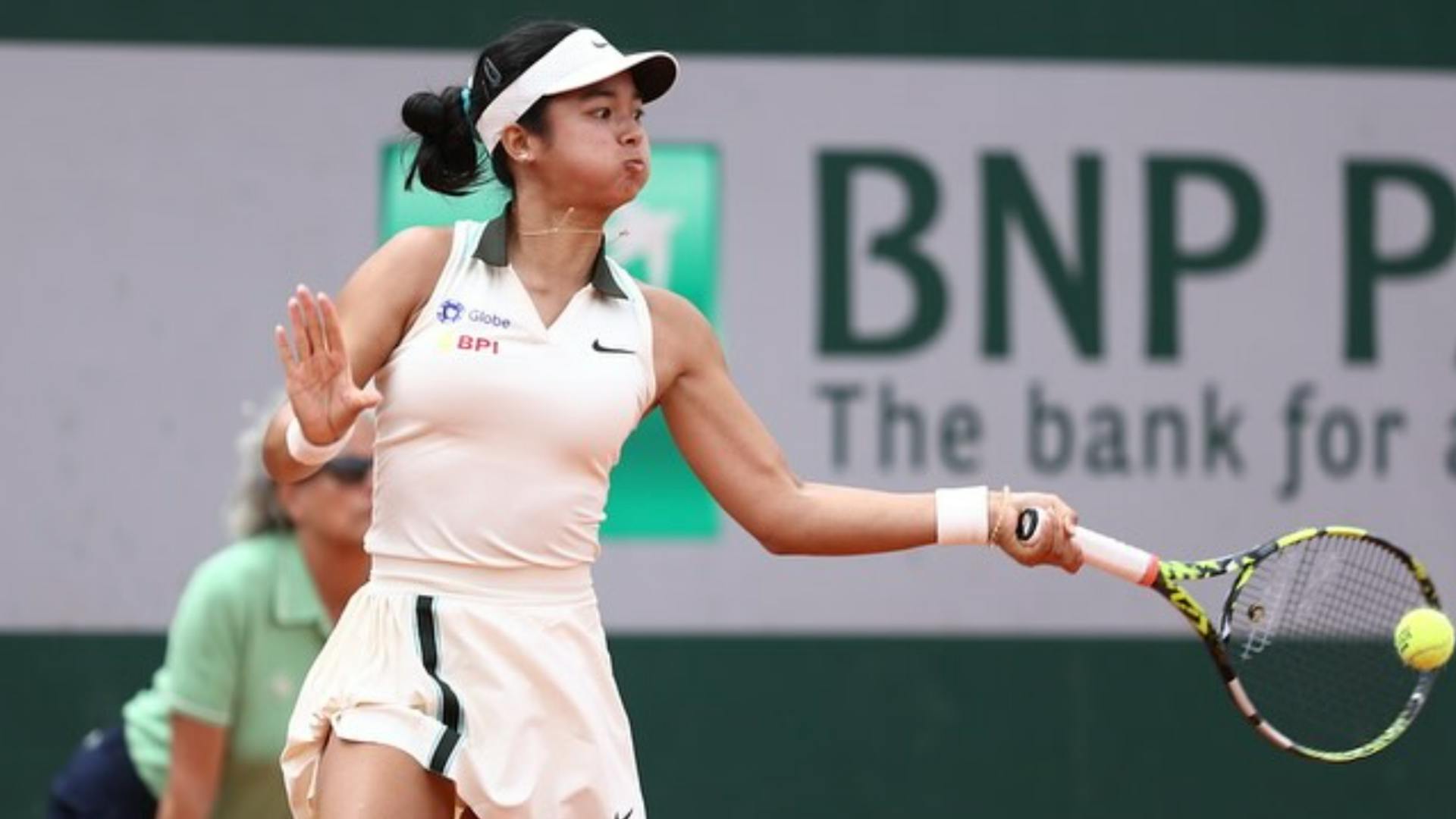Introduction

In the world of professional sports, comebacks are nothing short of mesmerizing. Eugenie Bouchard, once a Grand Slam finalist and a top-5 player, had drifted into the shadows, falling to World No. 1000. Her recent pivot to pickleball raised eyebrows, with many believing she had left tennis behind for good. However, in a dramatic turn of events, Bouchard has decided to step away from pickleball and return to her first love—tennis.
What led to this decision? Can she reclaim her lost glory? This article dives deep into her journey, the implications of her return, and the burning questions surrounding her career revival.
Why Did Eugenie Bouchard Switch to Pickleball?
With injuries and inconsistent performances plaguing her tennis career, Bouchard experimented with pickleball, a fast-growing sport with lucrative opportunities. Her decision wasn’t entirely surprising, as many former tennis players, including Jack Sock and Sam Querrey, have made similar transitions.
Key reasons behind her switch:
- Injury struggles – Persistent shoulder injuries made it difficult for her to compete at the highest level in tennis.
- Financial incentives – Pickleball offered sponsorship deals and competitive prize money without the intense physical toll of tennis.
- Reduced pressure – Unlike the grueling WTA Tour, pickleball presented a more relaxed and less stressful environment.
However, despite initial enthusiasm, Bouchard’s heart remained in tennis. Her recent comeback decision suggests she’s determined to rewrite her legacy.
How Did Bouchard Fall to World No. 1000?
Eugenie Bouchard’s decline is one of the most puzzling in tennis history. In 2014, she reached the Wimbledon final, but within a few years, she plummeted down the rankings. What went wrong?
1. Injuries and Physical Setbacks
Bouchard’s career was marred by multiple injuries, particularly a severe concussion in 2015 from a locker room fall at the US Open. Recurring shoulder problems further limited her ability to play consistently.
2. Lack of Consistency
Tennis demands relentless consistency, and Bouchard struggled to maintain her form. After her breakthrough year, her win-loss ratio spiraled, impacting her confidence.
3. Off-Court Distractions
From high-profile endorsements to media engagements, Bouchard became a household name beyond tennis. While financially rewarding, these distractions may have hindered her on-court focus.
4. Coaching Instability
Frequent changes in coaching staff prevented her from building a stable strategy, further exacerbating her decline.
Why Is She Returning to Tennis Now?
1. Competitive Spirit Never Dies
Despite a stint in pickleball, Bouchard’s desire to compete at the highest level never faded. The thrill of WTA tournaments and the chance to regain her status was too enticing to ignore.
2. Age is Still on Her Side
At 30, Bouchard is far from retirement territory. Many female players, including Serena Williams and Simona Halep, have remained competitive well into their 30s.
3. Lessons Learned from Pickleball
Playing pickleball may have helped her regain some agility and hand-eye coordination while giving her a mental reset.
4. A New Perspective
Taking time away from tennis allowed her to assess her priorities. Now, with a fresh mindset, she can approach the game differently.
Can Eugenie Bouchard Make a Successful Comeback?
Bouchard’s return poses several questions:
1. Will She Receive Wildcards?
Many tournaments offer wildcard entries to former stars, allowing her to bypass qualifying rounds. Expect tournament directors to grant her opportunities, given her past popularity.
2. Can She Physically Endure the Tour?
While she has battled injuries, modern training techniques and sports medicine could aid her comeback. Her fitness levels will be crucial in determining how far she can go.
3. How Will She Adapt to the Evolved WTA Tour?
The competition has become fiercer, with younger talents like Iga Świątek and Coco Gauff dominating. Bouchard must refine her game to compete against these powerhouses.
4. What Are Her Short-Term Goals?
Realistically, she will aim for incremental progress—securing a WTA main draw spot, improving her ranking, and regaining confidence.
The Road Ahead: Key Strategies for Bouchard’s Comeback
- Prioritize Fitness and Injury Prevention – A robust fitness regime will be critical to sustain her body for the rigors of the tour.
- Work with an Experienced Coach – Stability in coaching can provide a fresh tactical approach.
- Start with Lower-Level Tournaments – Gaining match fitness through ITF and Challenger events can build momentum.
- Leverage Experience and Mental Toughness – She has played on the biggest stages; using that experience wisely will be an asset.
- Avoid External Distractions – Focusing solely on tennis, rather than sponsorships or social media, will help her stay locked in.
Final Thoughts
Eugenie Bouchard’s return to tennis is a compelling storyline. Once a Wimbledon finalist and a top-ranked player, she now faces an uphill battle to reclaim her position. However, with dedication, strategic planning, and the right mindset, she can defy expectations.
Will she rise again? Only time will tell, but the tennis world will be watching closely.


